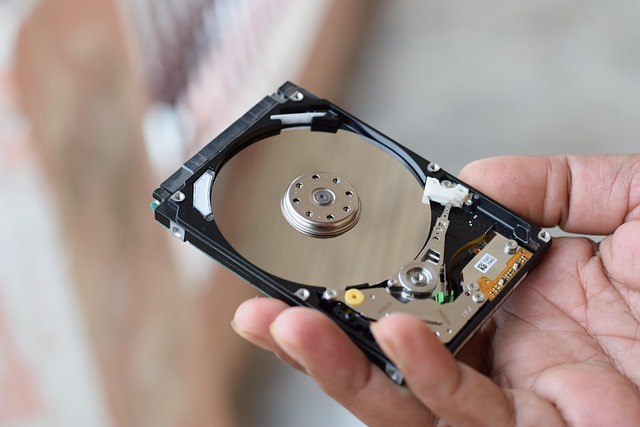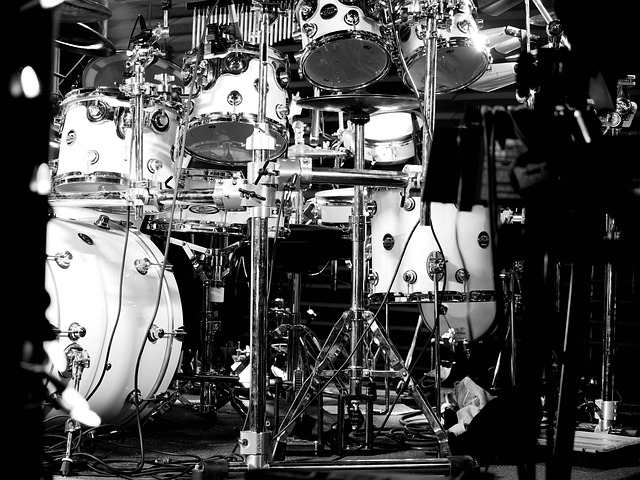This text emphasizes the importance of understanding common computer hardware issues and their cost-effective solutions through replacements like SSDs or power supplies. It guides users on upgrading hardware, from identifying needed parts (CPU, RAM, SSD, GPU) to acquiring compatible components safely and installing them correctly. Regular assessment of system performance is crucial; slow speeds, crashes, or outdated specs signal potential upgrade needs, ensuring optimal computer functionality with future-proof upgrades.
“Uncover the secrets to mastering computer repair with this comprehensive guide. We delve into the world of hardware, revealing quick fixes for common issues that plague Leander users. From identifying problem areas to offering a step-by-step approach for upgrades, this article is your go-to resource. Learn when and how to replace components effectively, ensuring optimal performance. Discover simple yet powerful solutions tailored for hardware replacements, leaving you equipped with the knowledge to maintain your computer efficiently.”
- Understanding Common Hardware Issues and Their Quick Fixes
- Step-by-Step Guide to Simple Hardware Upgrades
- When to Replace: Criteria for Effective Computer Upgrades
Understanding Common Hardware Issues and Their Quick Fixes

In the realm of computer repair, understanding common hardware issues and their quick fixes is essential for any tech-savvy individual. Many problems arise due to aging components or simple misconfigurations, which can often be addressed without extensive knowledge or expensive tools. For instance, a slow computer might not require a complete overhaul but could benefit from adding more RAM or replacing an outdated hard drive with a faster SSD (Solid State Drive). These hardware replacements are accessible and cost-effective solutions that can significantly enhance performance.
Another prevalent issue is faulty power supplies, leading to unexpected shutdowns or system instability. A simple visual inspection and replacement of the PSU (Power Supply Unit) can prevent these problems. Moreover, troubleshooting peripheral devices like printers or scanners often involves checking connections, driver updates, or basic hardware resets, which most users can handle independently with a few quick steps. Identifying and rectifying these common issues can save time, money, and ensure optimal computer functionality without needing professional intervention for minor upgrades or fixes.
Step-by-Step Guide to Simple Hardware Upgrades

Upgrading your computer’s hardware can be a daunting task, but with a few simple steps, it can become an achievable goal. Here’s a straightforward guide to help you navigate through the process:
1. Identify the Component for Upgrade: Start by assessing what hardware needs replacing or upgrading. Common candidates include the Central Processing Unit (CPU), Random Access Memory (RAM), Solid-State Drive (SSD), or Graphics Processing Unit (GPU). Research online to understand your system’s current specifications and what upgrades are feasible.
2. Acquire Compatible Parts: Visit reputable electronics stores or browse e-commerce platforms to purchase the new hardware. Ensure that the replacement parts are compatible with your computer’s make and model. Check for detailed product specifications, including form factors, connectors, and interfaces, to guarantee a seamless fit and optimal performance.
3. Power Down and Prepare: Before you begin, shut down your computer properly and unplug it from its power source. Gather the necessary tools, such as a screwdriver (often Phillips-head), anti-static wrist strap (for safety), and any other accessories mentioned in your hardware documentation.
4. Access the Hardware Bay: Locate the specific bay or compartment where the upgrade component is housed. This might involve removing panels, brackets, or other cover plates. Refer to your computer’s manual for detailed instructions on disassembly. Be cautious during this step to avoid damaging surrounding components.
5. Remove Old and Install New: Carefully take out the existing hardware and set it aside, taking note of its orientation and connections. Install the new component by aligning it correctly and securing it in place with screws or other fasteners. Ensure all connectors are firmly attached.
When to Replace: Criteria for Effective Computer Upgrades

Knowing when to replace your computer components is crucial for maintaining optimal performance. While some issues can be resolved with software fixes or simple troubleshooting, certain problems may indicate a need for hardware replacement. Regularly assess your system’s speed, stability, and overall functionality. If you notice consistent slowdowns, frequent crashes, or outdated specifications, these could be signs that an upgrade is necessary.
Effective computer upgrades rely on identifying specific criteria. Consider factors like processor speed, memory capacity (RAM), storage type, and graphics capabilities. Outdated or insufficient hardware may hinder your computing experience, especially for demanding tasks like gaming, video editing, or complex data analysis. Keep an eye out for new technologies and ensure your upgrades are compatible and future-proof to maximize the benefits of hardware replacement.
In conclusion, understanding common hardware issues and their quick fixes, along with knowing when to replace, is crucial for effective computer maintenance. By following a step-by-step guide for upgrades and considering specific criteria, users can enhance their machine’s performance without breaking the bank. Simple hardware replacements can significantly improve a computer’s longevity and functionality, making these tips an invaluable resource for both tech-savvy individuals and those seeking to keep their devices in top shape.
